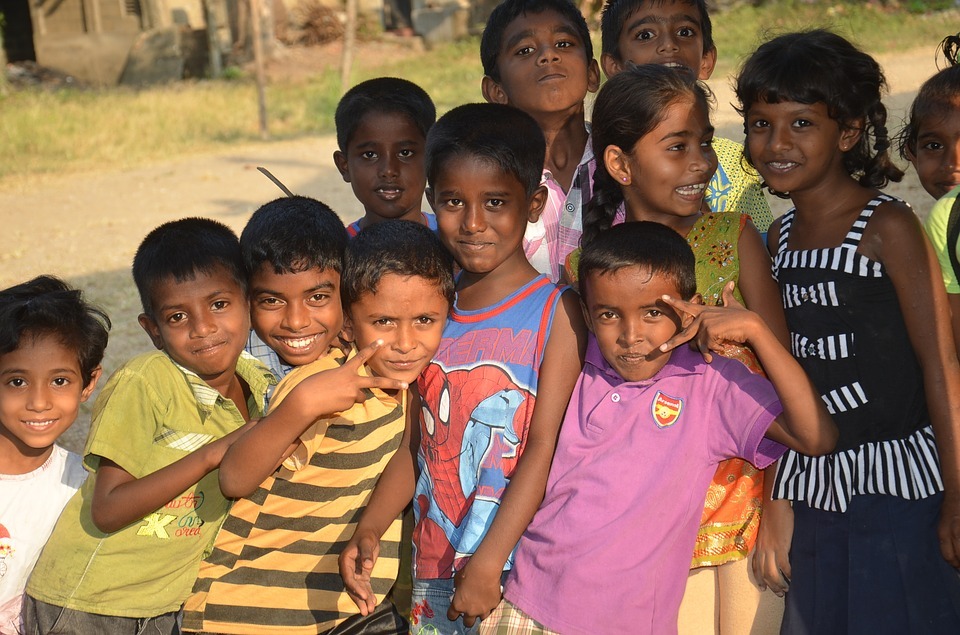
Evolution of Sri Lanka culture and tradition
Sri Lanka culture and tradition
The island of Sri Lanka offers much more than stunning shores-leave behind the beaches for a moment and stray from the shore to discover how diverse tradition of Sri Lanka developed over the last few centuries. The vibrant ecosystem of the island evolved over the countless millennia, the isolated peaks cloaked in primaeval rain forests beaming with a countless number of Fauna and Flora, many of these residents are found nowhere else on the planet. Asian seafarers called it the teardrop of India and Greeks sailors called the island serendivus, however, the island Sri Lanka was a popular playground of international trade in the orient, and which had been feeding the Sri Lanka culture and tradition over last many millennia.
Places to see Sri Lanka culture and tradition
The days at the central market of Colombo starts early morning, sultry air mingles with voices, and redolent with cinnamon, cardamom, chilli and other spices, street vendors selling rice and curry and piled up mangoes. Whatever the spice, vegetable, and fruit you imagine is crammed in here, heaped-up with a lot of goods – Chau, Chau? You probably not have heard of it. Every daybreak these goods are trucked in from the vegetable garden scattered all around the island. Some are coming from the faraway cities like Jaffna and Trincomalee.
Since early 18s crowded, pungent and noisy Colombo Manin market occupies a plot of land at the heart of the city. The Colombo market caters to hundreds of thousands of shoppers every day where they come to meet wholesale and retails merchants. A cheerful mix of Sinhala, Tamil and English are spoken by sellers and buyers tell a story of Sri Lanka’s is very rich and more piquant than it seems to be.
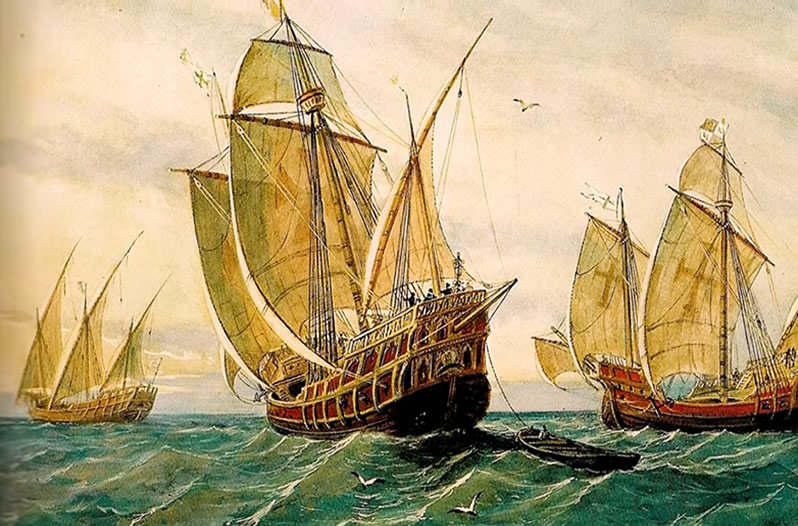
Sri Lanka was a trading hub in the orient
It is such a rollicking story: of invaders and Arabic spice traders and Napoleonic Wars; there are Chinese merchants, Arabian spice traders, early Portuguese navigators, Dutch galleons, British Navy, slaves from Madagascar and migrant labourer from southern India. This magnificent saga unfolds in the beautiful island of Sri Lanka. The history of Sri Lanka is a cultural melting pot with many religions, races, and spices-and then turned to be a something special, something that unique in the world.
Beginning of new chapter of Sri Lanka culture and tradition
The island was undoubtedly a tropical paradise when legendary King Vijay from India landed on the North-West coast in 3rd Century BCE. The human history of the island begins during the Stone Age and Balangoda man (Homo sapiens Balangodensis) a new chapter of humankind was a contribution of this island.
The important pages were written upon Vijay and his retinue. They named the unknown island “Thambapanni”, copper coloured land, as their hands became red when touched the sands on the ground. Vijaya and his retinue took refuge on the island and grew into one of the most formidable cultures in the ancient world with very advance water management system, engineering skills, and artistic capabilities.
Vijaya started the ethnic stew in the island as he married a Sri Lankan queen, as per the legend the marriage did not survive for long, however, Vijaya’s clan kept growing until it becomes the predominant ethnic group on the island, Sinhalese. On the other hand, the Stone Age inhabitants were corned to the jungles and a small number of them are still living in the jungles of Nilagala and known as Veddas.
Foreign influence in Sri Lanka culture and tradition
Since then traders, Missionaries, invaders, explorers, a trickle of nature lovers and travellers were on their way to this tropical paradise over the millennia. As the silk route became the lifeblood of world spice trade in the medieval period, the island was opened to the outside world and became a popular trading port in the orient, and frequented by traders from India, China, Arab and Greek.
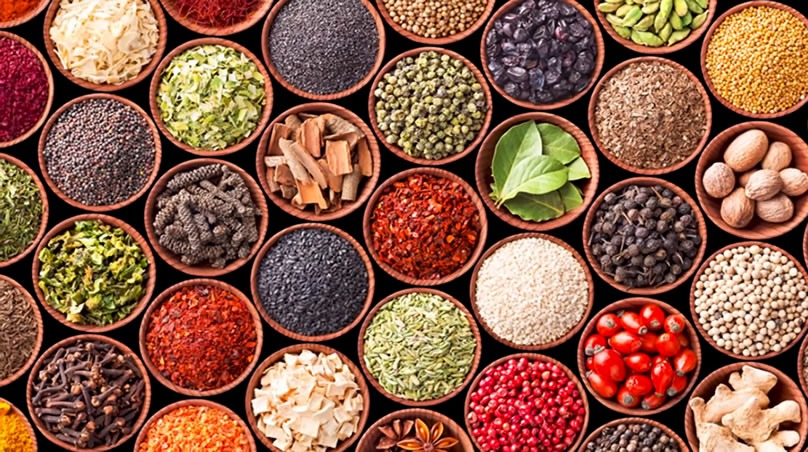
Role of Portuguese in Sri Lanka culture and tradition
Later, Portuguese captain, Don Lourenco de Almeida happened to skim upon the island in 1505, as he was tossed to the southern coast being caught in a storm. Up until then, 64000 square kilometres island had been sitting in sunlight with its native communities while serving as a trade emporium in the orient.
The Dutch contribution to the Sri Lanka culture and tradition
The Dutch arrived on the island, about a century later, starting in 1756, who wrote a new chapter importing slaves, introducing sugarcane, and giving the island a name Celiao, which became Ceylon in the hands of wealthy British planters. It was they who ruthlessly killed the animal for fun and cleared the primaeval rain forest to grow tea, coffee and cinchona; they hunted many forest-dwelling creatures to near extinction in 18s.
The British contribution to the Sri Lanka culture and tradition
By early 17s French colonial rulers attempted to gain control on the island’s maritime region however it was a futile effort that caused a heavy loss on the French army. However, mighty British East Indian Company secured their control along the shores having Dutch abandoned their control on the island. Change of administration was very painless for the British army as Dutch withdrew peacefully from the island after 150 years of control. However, it was a big loss for the money men of the Dutch East Indian company because the island was very profitable for them.
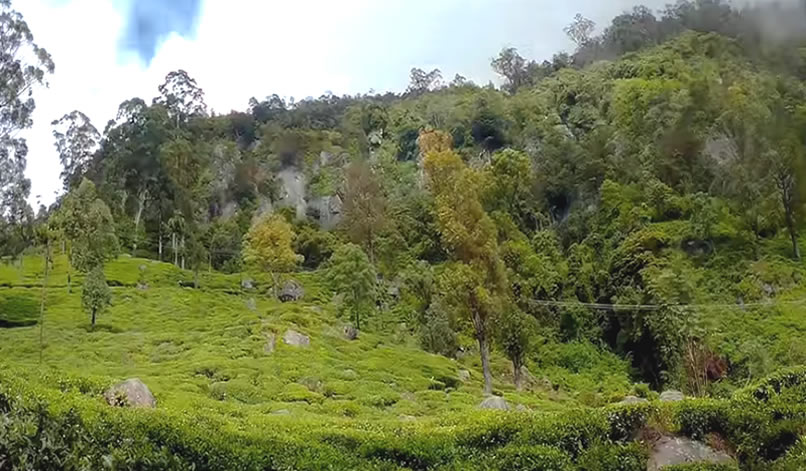
The island was more profitable under the British East India Company as they ventured into new areas of business other than the conventional spice trade, alcohol industry, tea, coffee, cinchona, rubber along with spices; gemstones and ivory made the island a goldmine for the British administration.
The origin of CEYLON
The British recreate the island under a new identity “CEYLON”, the name that echoed throughout the world as the best tea producing nation in the world. Gone were the primary forest covers, replaced with mile after mile tea plantations, rubber plantations and many other imported crops.
Tea industry
‘They say it is the juice that extracted from the two leave and the bud of Tea bush runs in the veins of people live in the mountains’, says Nanadani, a guide who helps the visitors of the Tea Museum of Kandy, while marching in the hall where exhibits are nicely arranged. Devoted to the rich historical past of Sri Lanka’s tea industry, it is set in a restored Tea factory which founded by a British planter in the early 18s, in one of the most picturesque corners of the Kandyan kingdom known as Hantana.
Few Sri Lankans could claim tea-filled veins better than Rani Yasadipan, who work in the tea plantation and pluck precious tea leaves, she represents the 7th generation Sri Lankans whose ancestors arrived in the island from south India for more than 150 years earlier.
A light shower in the field does not seem to be making any difference to them. ‘We are very familiar with this kind of weather, an abrupt light rain follows by sunlight, perhaps there is a heavy wind too, after the sunset it is very chilly here’ says Rani, English planters guessed this fertile ground is a perfect fit for tea and Rani talks about the best weather conditions for tea, perhaps she still doesn’t know these conditions fulfil the requirement of the tea plant, but English planters knew it.
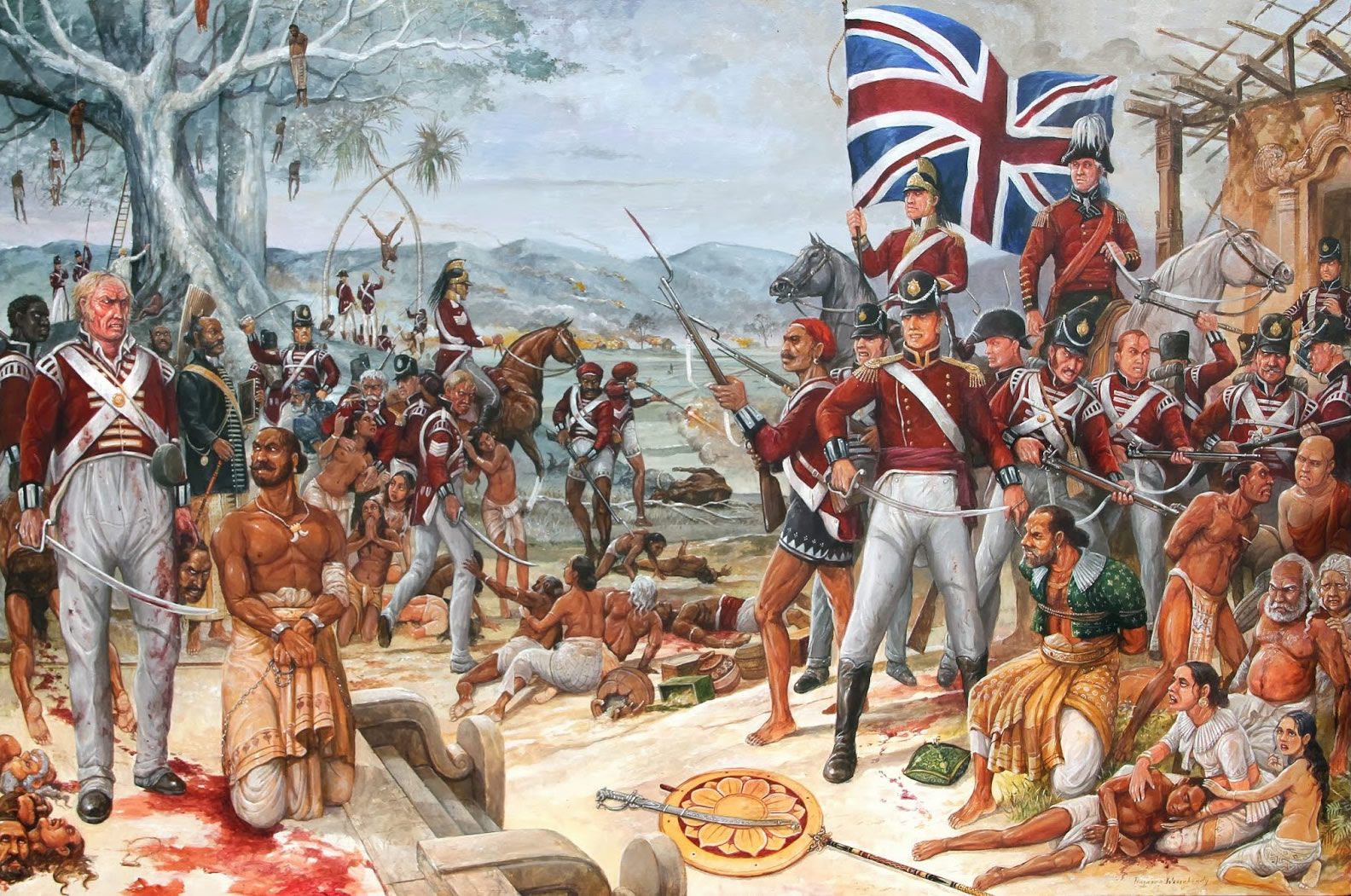
‘We have been in the garden since 06.00 am’ she says, sitting under a tall Silver Oak Tree, planted to evade erosion. ‘We come to the field with a torch and start the work with the fall of fist sunlight on the field, you have to fill this sack’ said Rani showing a big nylon sack rests with her, ‘more you pluck better for your’, Rani off to work again because the clock is ticking. The rocky ground with mountainous terrain in the plantations demands good physical strength as they have to move long distances with a heavy burden on the shoulders; everything is done by hand here.
A large portion of the arable lands in the mountains is hidden under the pale green carper formed by tea bush. Cascading waterfalls, streams, mountain tops covered with forests and tea plantations with many houses packed into a small isolated village form a painterly scene.
To work this lucrative crop, the cheap workforce was imported from South India; they brought their own traditions and culture to add to the mix. Most of these plantation workers remained in the island even after their term of indenturement was up, therefore, by the beginning of the 20th century the mountains of Sri Lanka that were abandoned for many millennia transformed into a Tamil stronghold with a south Indian touch.
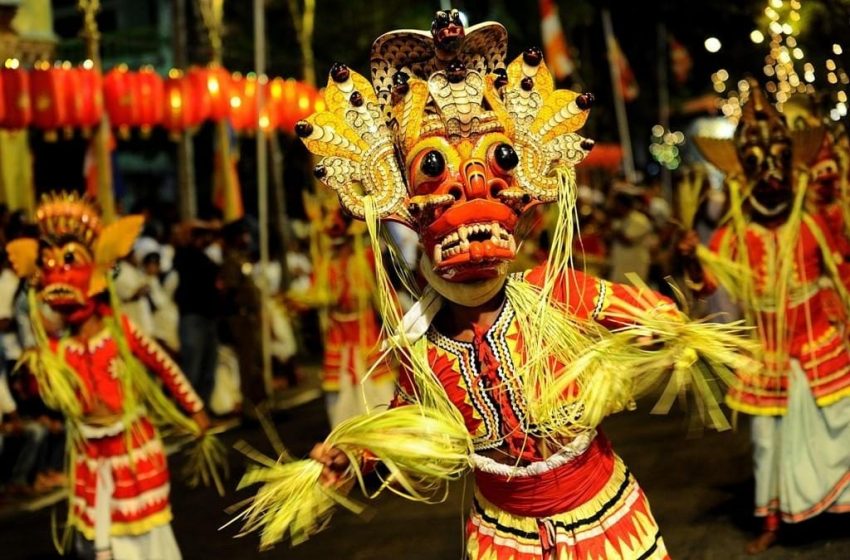
Sri Lanka festivals
Sri Lanka is colourful, tolerant, cosmopolitan and Sri Lankan calendar is filled with a huge array of ceremonies, festivals, observances, and rites. Some, such as Vesak, the Buddhist festival in the month of May, is large and formal; other such as Hikkaduwa beach party to Esala ceremony of Kandy, small.
Once every year, in the month of July, thousands of Hindu devotees undertake the pilgrimage of marching from the east coast of Sri Lanka to southern Sri Lanka, through the mountains, villages, forests and farmlands, to reach Kataragama temple, where boisterous fire walking ceremony unfolds. ‘This is a part of Esala ceremony and performed in many other Hindu temples around the island’ one of the participants explained. ‘Many temples organize fire walking-it shows our faith to God.’ Men, women even children walk serenely on hot coal.
Even after many millennia, Sri Lanka’s stew of nationalities, spices, flavours and styles is still evolving without any break, and become richer day by day and becoming more complex.
